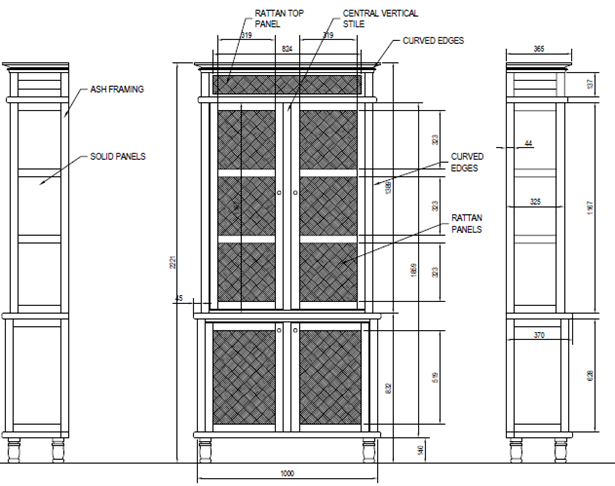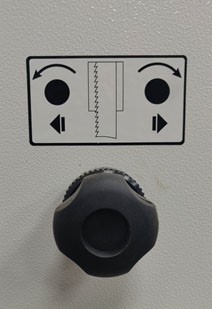
Yes, is the simple answer to this question. I always prepare accurate plans no matter how small or complicated the project is. When building a project, I always have a plan sitting on my bench. They very useful for working out the stock required for the build and for reference purposes when cutting stock down to size.
In my workshop I have a host of woodworking machines including a CNC machine. Accuracy is key during a project build and the more detailed the project plans are the better the end results.
A drawing can be as simple a hand sketch or prepared on a computer using proprietary software. There are lots of software packages available on the market some of them are free while others you pay for. Draftsight is a relatively inexpensive drawing package for producing 2D drawings while Google Sketchup which is free can be used for producing 3D models. Most start up drawing packages are usually quite easy to use.
Preparing project plans in 3D is fantastic as the software allows you to zoom and look within your project that a normal 2D drawing will not show. In this instance you need to use your imagination to look within. With a 3D model the user can zoom and manoeuvre within the project. This is very useful when working out any special support brackets or jointing required.
Get into the habit of preparing detailed plans for your project it will save you a lot of time.

 Cart is empty
Cart is empty 








